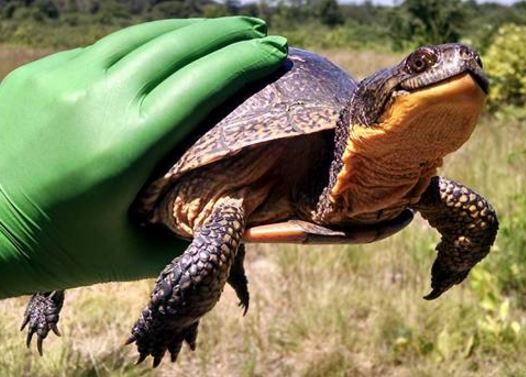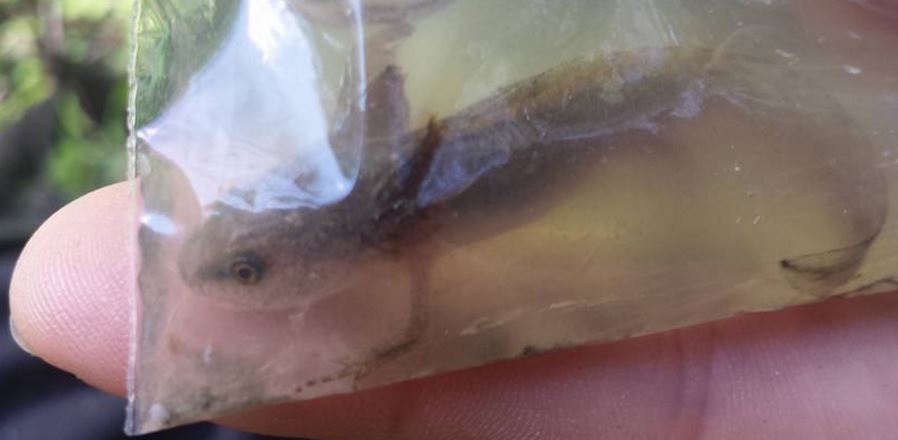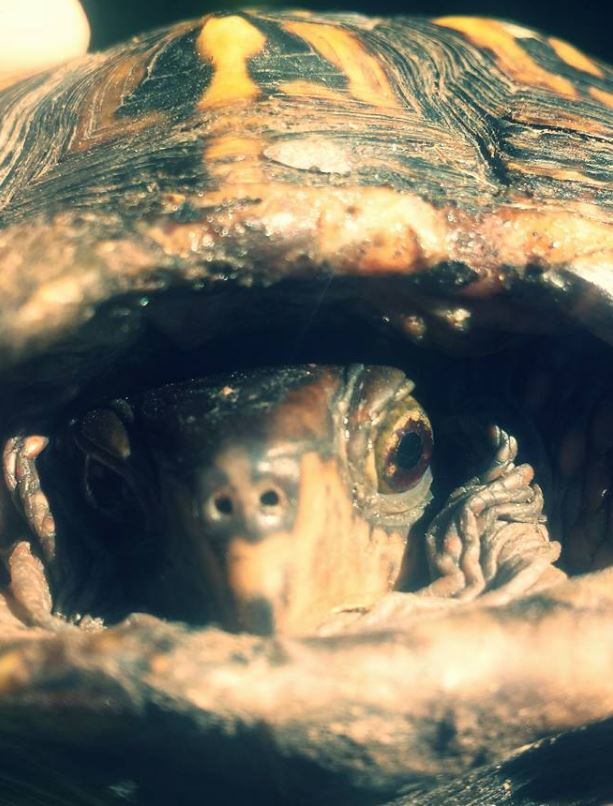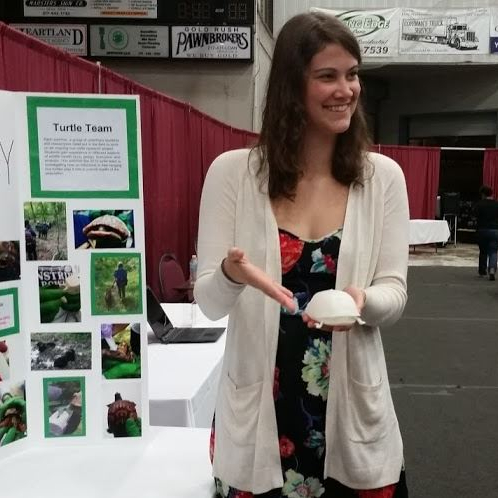Our lab, W.E.L., is involved in many projects that play a part in conserving our ecosystem.
W.E.L. focuses on reptiles and amphibians. We filled this role because there is a decline in reptile and amphibian wild populations. The goal then is to determine what is affecting each population and to decipher how we can help. Wildlife population health surveys from veterinarians, biologists, and other professionals have served as tools to help meet our conservation goals.
We have performed wildlife population health surveys on a number of species. We have worked with eastern box turtles and ornate box turtles the most! This summer we extended our surveys to Blanding’s turtles (Erin’s blog), silvery salamanders, and other amphibians in Tennessee (Katie’s blog)! The reptiles and amphibians found in these search efforts collectively show the decline of their own species, but also the decline in ecosystem health. The opening ceremony of the 2016 Olympics highlighted this fact, too, because it is so important! We need to find ways to heal our planet.
Our way is through saving the world..one turtle at a time!

I got to visit Erin for a few days this summer to see how she tracked the Blanding’s turtles. The Blanding’s turtle is an endangered species.

Dr. Laura and I performed physical exams on silvery salamander metamorphs this summer! Silvery salamanders are endangered in Illinois.

The Eastern Box Turtle was deemed a ‘vulnerable’ species by IUCN.
Below is a tour of W.E.L. and there is a ‘spot the turtle’ game toward the end!

